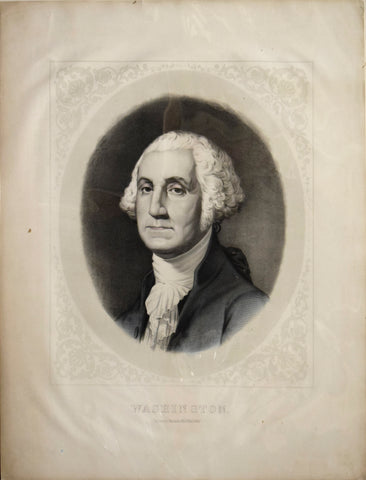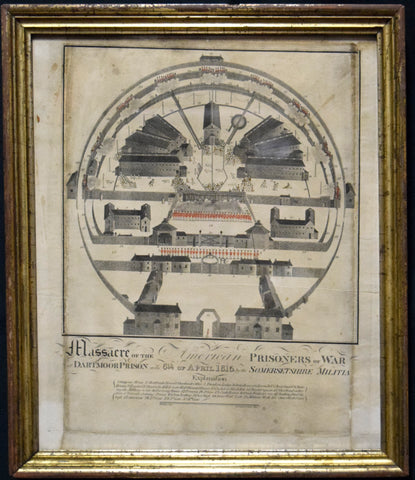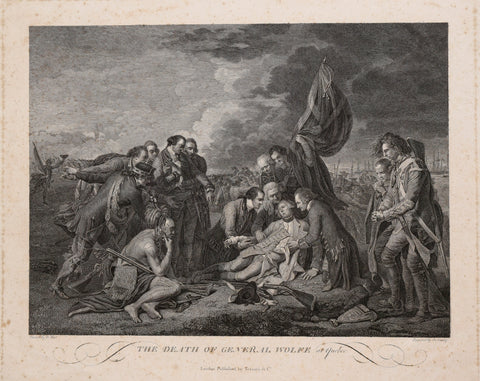
Robert Sayer (1725-1794), publisher, The Blind Sailor
Robert Sayer (1725-1794), publisher
The Blind Sailor
Published: London, 1793, by Robert Sayer (1725-1794)
Mezzotint with hand coloring
Paper size: 15 7/8 x 10 7/8"
p.m. 13 5/8 x 19 3/4"
The hazards of a life at sea were a common theme in eighteenth-century British maritime artwork, as many men returned from their voyages with a host of physical ailments and missing limbs. This evocative mezzotint depicts an emotional scene in which a woman drops a coin into the hat of a blind sailor, while another woman and a young girl look on in sympathy. The somber illustration is accompanied by a six-stanza verse in which the sailor explains his wounds and their attendant hardships. In the second stanza, the crippled man reveals that he lost his nose and eyes during a battle with Spain; probably referring to the conflict in which Spain joined France in war against Britain in 1779, which resulted in the treaty of Paris in 1783. In the last stanza, the gracious sailor concludes that even if his hardships were tripled he would continue to sing cheerfully, giving the answer "cause why 'twas for my king."
In 1747, Robert Sayer's elder brother James married Mary Overton, owner of the map and print business of her late husband, Philip Overton. A year later Robert Sayer acquired both her stock and her shop and began running it himself. From his London office on Fleet Street, he continued to publish the Overton stock while acquiring and expanding the business with plates from other printers, including maps, portraits, and nautical engravings. Sayer became a leading figure in the print, map and chart business; he took advantage of common production facilities and distribution channels and exploited the expanding markets in all three fields.
This remarkable print belonged to the collection of the maritime enthusiast J. Welles Henderson, who founded the Independence Seaport Museum in Philadelphia, Pennsylvania.
We Also Recommend





